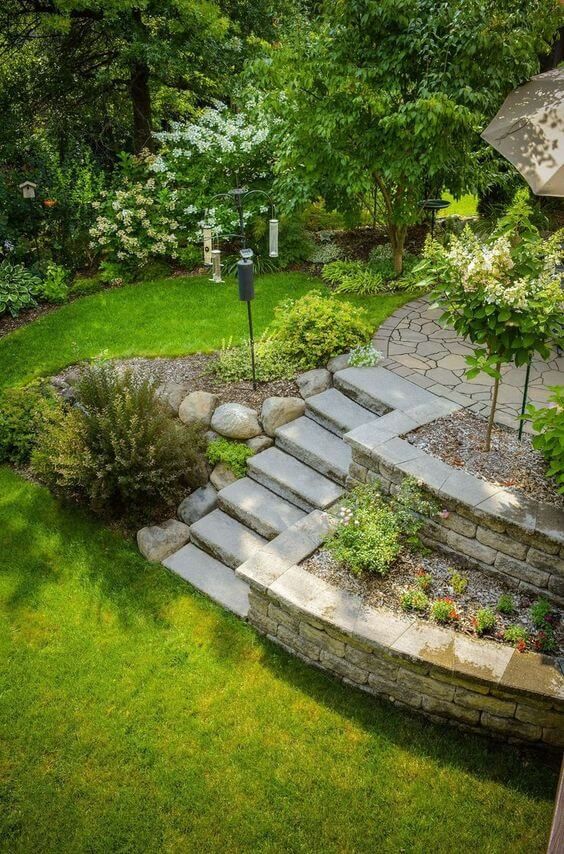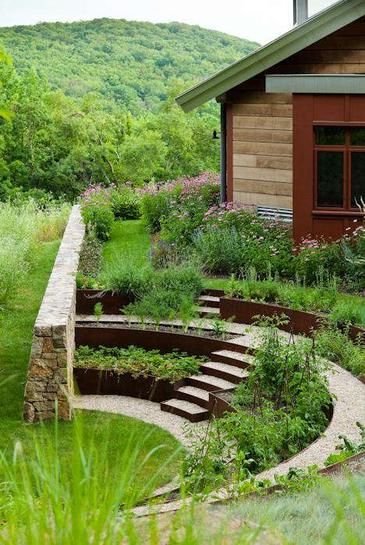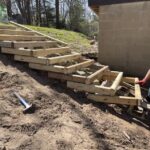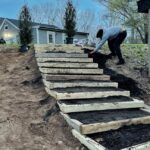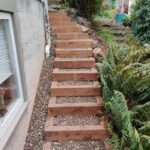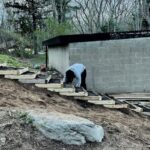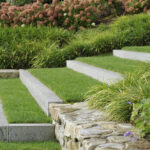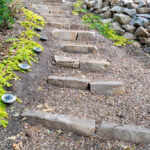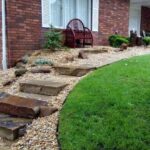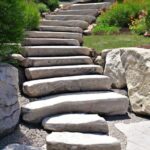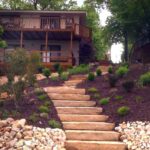Landscaping on a sloped area can present unique challenges, but with careful planning and execution, it can result in a beautiful and functional outdoor space. Here are some steps to consider when landscaping on a slope.
The first step in landscaping on a slope is to assess the area and determine the degree of slope. This will help you decide on the best landscaping techniques to use, as well as the types of plants that will thrive in the conditions. It is also important to consider erosion control measures, such as retaining walls or terracing, to prevent soil erosion and water runoff.
Once you have assessed the slope and determined the necessary erosion control measures, the next step is to design the layout of the landscaping. Consider creating terraced levels with retaining walls, or using plants and ground cover to stabilize the soil. Incorporating steps or pathways into the design can help make the area more accessible and visually appealing.
When selecting plants for a sloped landscape, choose species that are well-suited for the conditions, such as drought-tolerant plants that can withstand periods of heavy rain, or erosion-resistant ground cover to help stabilize the soil. Consider the sun exposure and drainage of the area when choosing plants, and make sure to plant them at the appropriate depth and spacing to promote healthy growth.
Incorporating hardscaping elements, such as steps, pathways, or patios, can help create a more functional and visually appealing landscape on a slope. Consider using materials that complement the natural surroundings, such as stone or wood, and ensure that hardscaping elements are properly installed to prevent erosion and ensure stability.
Maintaining a landscaped slope requires regular upkeep, such as weeding, pruning, and watering. Consider installing a drip irrigation system to ensure that plants receive adequate water without causing erosion. It is also important to regularly inspect and maintain any retaining walls or other erosion control measures to ensure their effectiveness and prevent damage.
Overall, landscaping on a slope requires careful planning and execution to create a visually stunning and functional outdoor space. By assessing the slope, designing a layout, selecting appropriate plants, incorporating hardscaping elements, and maintaining the landscape, you can create a beautiful and sustainable outdoor environment that will enhance the natural beauty of the slope.

